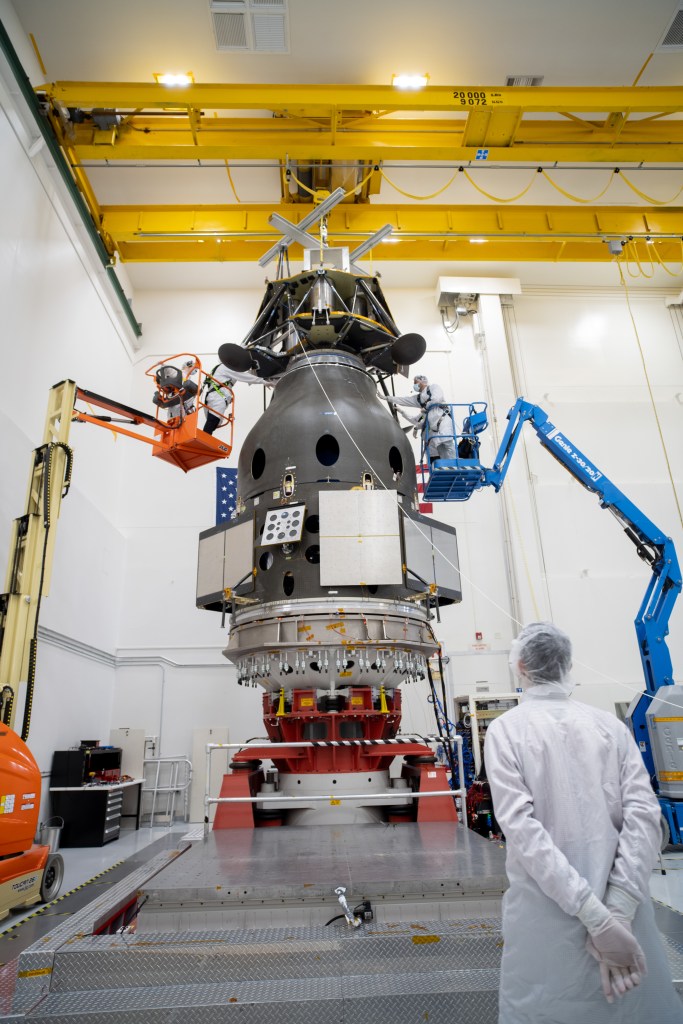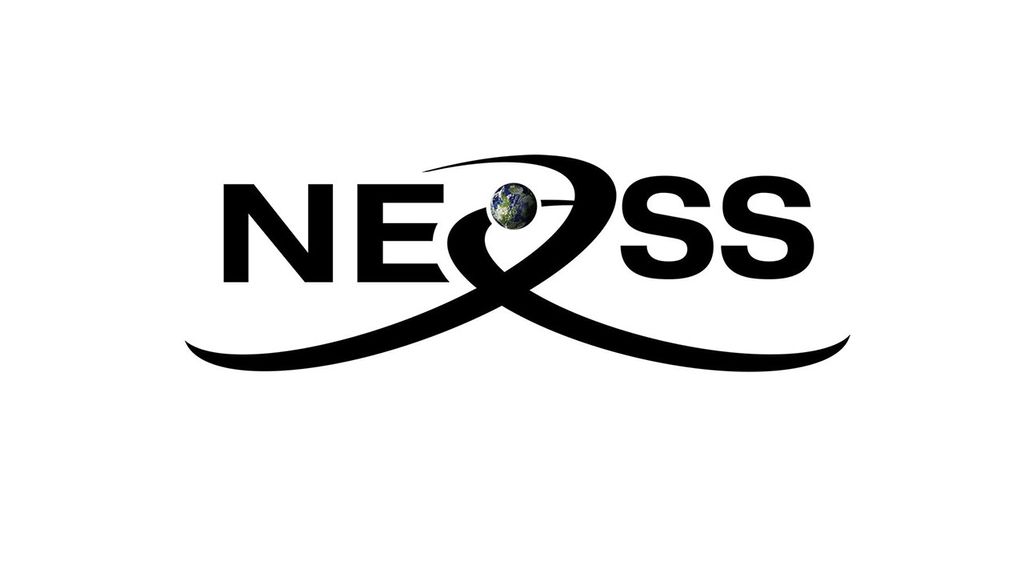
Dynamics Facility (E Stand) at Plum Brook Station
The 117-foot tall Dynamics Facility, referred to as E Stand, was built at the National Aeronautics and Space Administration (NASA) Plum Brook Station in 1959 to perform fluid flow and structural dynamics testing for missiles. Structural dynamics refers to the effect of launch-induced vibrations and shaking on the missile. These vibrations frequently caused missile failures. At E Stand the missile was suspended from the top of the tower by cables and sat on a spring. An exciter was used to generate 15,000 pounds of force to shake the missile vertically, and a 200-pound force exciter shook it laterally. E Stand began operation in 1961 testing Mercury Evaporation & Condensing Analysis, Skybolt, and Scout missiles. In the fall of 1962 Lewis Research Center was assigned management of the Centaur second-stage rocket. Centaur was designed to be used with an Atlas booster to send the Surveyor spacecraft to the moon in the mid-1960s. Lewis researchers wanted to test the Atlas-Centaur with its payload in E Stand. The height of the facility had to be increased by approximately 30 feet to accommodate the three vehicles. The Atlas was delivered to Plum Brook in August 1963, the Centaur in mid-December 1963, and the Surveyor in April 1964. The Atlas was subjected to longitudinal loads similar to launch forces using a mockup Centaur while waiting for the actual Centaur to arrive. Lateral tests with the real Centaur were run in the spring of 1964. The E Stand technicians and Lewis researchers received a NASA Group Achievement Award in June 1964 for their efforts on the Atlas-Centaur tests. Variations of the test program continued at E Stand until October 1968.
- X


























